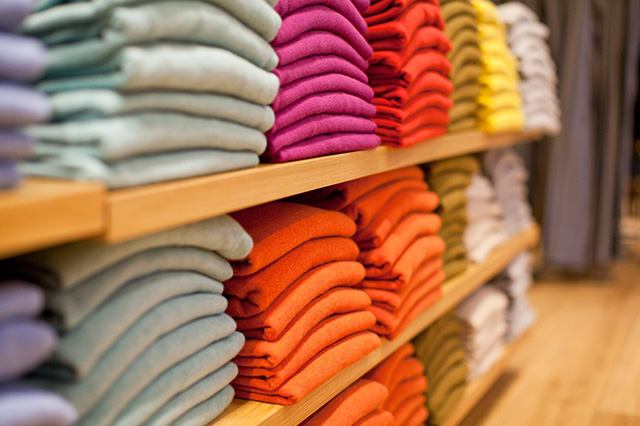
Web Developers
On November 3, Kroger announced that it will launch its own fashion brand in the fall of 2018. Kroger is the largest supermarket chain in the US and operates 2,793 stores in 35 states under a variety of local banners.
Kroger stated that the apparel line will be offered at 300 Fred Meyer and Kroger Marketplace stores across the US. The line will offer apparel, including basics and fashion pieces, for children, teens and adults and feature a modern, casual aesthetic. The initiative is part of the company’s Restock Kroger strategic plan to modernize stores. In recent years, Kroger has sold some apparel under various national brands, but has not sold any under its own brand.
Kroger is aiming to diversify its revenue stream and attract more footfall to its stores. Traditional grocery chains are facing cutthroat competition from operators of various retail formats, including German discounters Aldi and Lidl, mass merchants such as Walmart and Target, Amazon, dollar stores, and high-end grocers such as Whole Foods Market. Amazon’s acquisition of Whole Foods in August 2017 has dramatically intensified the competition in US food retailing.
US consumers will spend $394 billion on clothing and footwear this year, we estimate based on data from the US Bureau of Economic Analysis. But apparel retailing in the US is just as competitive as grocery, and Kroger’s own-brand apparel will face steep competition from numerous established and growing value players.
Kroger will compete most closely with mass merchants Walmart and Target:
- Walmart and Target already operate well-established apparel businesses. In 2016, Walmart was the largest US apparel retailer, with $23.3 billion in sales, and Target was the fifth largest, with $14 billion in sales, we estimate.
- According to 2016 consumer surveys by Prosper Insights & Analytics, by shopper numbers, Walmart is the second-most-popular retailer for womenswear, the top retailer for menswear and the second-most-popular for footwear.
- According to Euromonitor International estimates, clothing and footwear sales made through Amazon US totaled $13 billion in 2016. This was split as $7.6 billion in sales by third-party sellers on Amazon.com and $5.5 billion in sales made by Amazon itself.
- According to Prosper’s 2016 consumer surveys, by shopper numbers, Amazon is the sixth-most-popular retailer for womenswear, the second-most popular for menswear and the most popular for footwear.
- Amazon continues to work on its private-label offering. This week, Amazon announced an expansion into affordable private-label activewear, a shrewd strategic move, given that athleisure is slated to continue to be a fast-growing category.
- Primark is a growing value player and currently operates nine stores in the US market. Another store opening is planned in Brooklyn, NY, in 2018 and the label could reach $1 billion in US apparel sales in 2020.